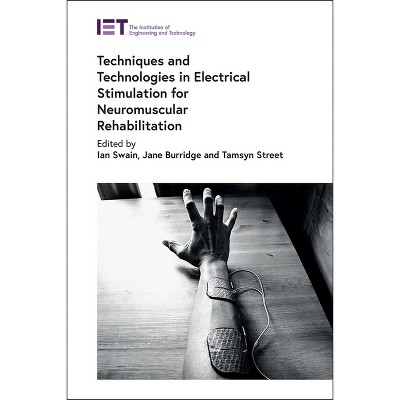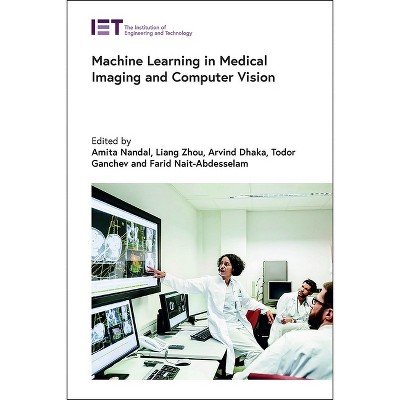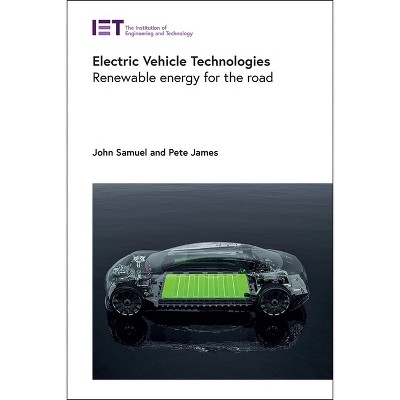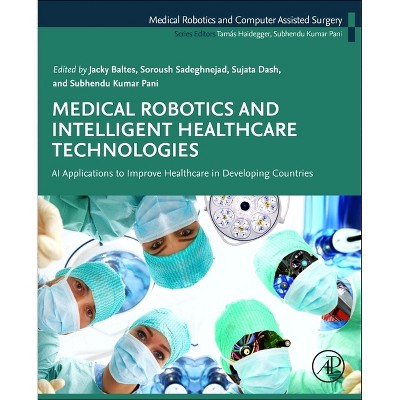Sponsored

Energy Harvesting Solutions for Implantable Medical Devices - (Healthcare Technologies) by Jinwei Zhao & Hadi Heidari (Hardcover)
Pre-order
Sponsored
About this item
Highlights
- Implantable devices are becoming more prevalent in the monitoring and treatment of patients with chronic diseases such as heart failure, diabetes and cancer.
- Author(s): Jinwei Zhao & Hadi Heidari
- 210 Pages
- Technology, Biomedical
- Series Name: Healthcare Technologies
Description
About the Book
This book is a thorough discussion of the benefits and drawbacks of energy harvesters used to power implantable devices used in modern therapy and treatment, and how to manage and control the quality and risk during design, manufacture, and validation.
Book Synopsis
Implantable devices are becoming more prevalent in the monitoring and treatment of patients with chronic diseases such as heart failure, diabetes and cancer. Conventional implantable devices are battery-powered, but these batteries can suffer from a short lifespan, bulky size, or leakage hazards. Energy harvesting technologies are therefore emerging as an alternative to battery-powered devices.
This book details the current availability of implantable devices with energy harvesting technologies used in modern therapy and treatment, and how to manage and control the quality and risk during design, manufacture, and validation. With chapters on kinetic energy, thermal energy, photovoltaic energy, biofuel energy, RF energy and wireless power transfer in implantable applications, the authors demonstrate how these technologies can harvest sufficient energy from the host human body which can be used to power implantable devices. Energy harvesting in different modern biomedical implantable applications is discussed and illustrated with examples which outline the benefits and drawbacks of energy harvesters used to power implantable devices.
Energy Harvesting Solutions for Implantable Medical Devices: Design, integration, and application of self-powered biomedical implants provides a useful overview of these developing technologies for an audience of biomedical engineers, researchers, clinicians and advanced students.
Shipping details
Return details
Frequently bought together


Trending Book Pre-Orders















